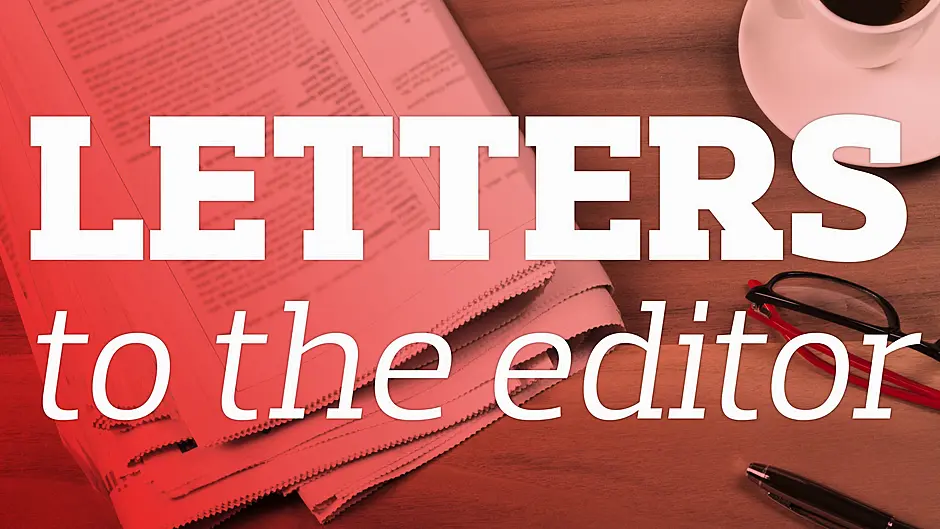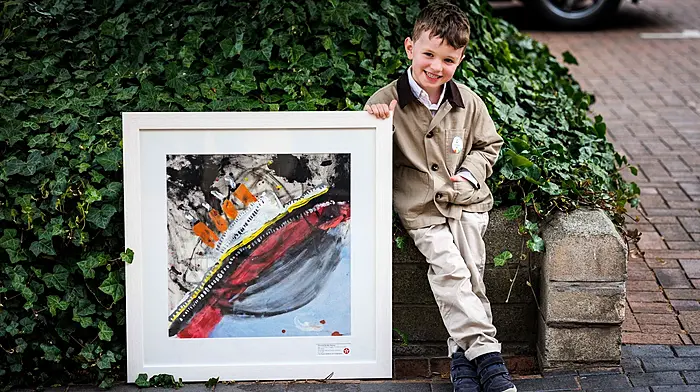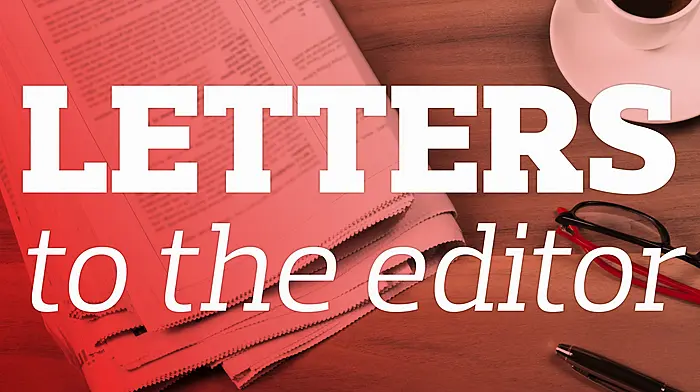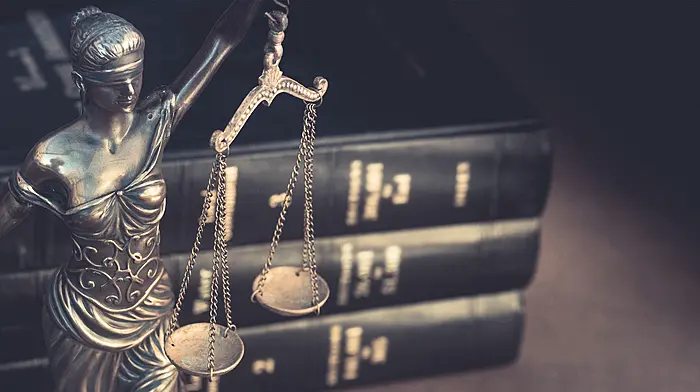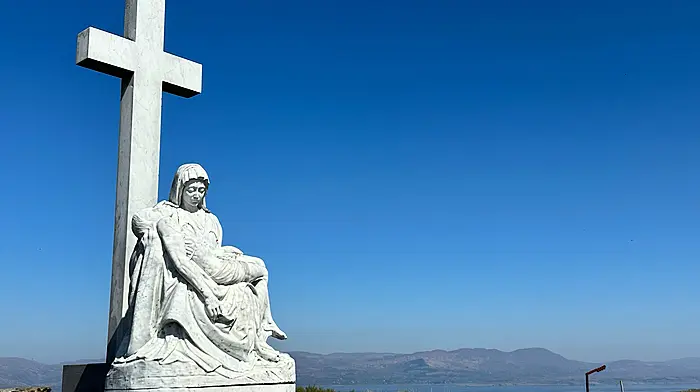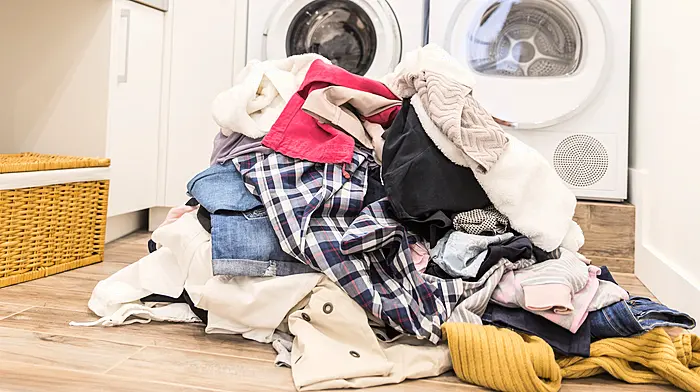EDITOR – In the recent article about the picture of Tom Barry and Leslie Price’s wedding you have included the erroneous caption which has accompanied that picture for many years.
From other photographs of Ms Price, it is quite obvious that she is sitting to the right of Tom Barry and Eamon DeValera is to his left, then Nancy Wyse-Power. And not as per the caption.
I attended the Guagán Barra Daonscoil in 2015 which had a series of talks on this photo.
All agreed that the caption was incorrect but the error had gained a long life, probably as a means to criticise/disparage Eamon DeValera.
Interestingly, at the Daonscoil, we were informed that the wedding was used as a cover for an IRB meeting which was held in the same hotel. At this meeting the IRB declared their opposition to any compromise on the issue of a republic. The IRB members were late for the picture and moved in at the back left, forcing everyone to move over – hence the bride and groom are not in the centre of the picture.
Leslie Price DeBarra deserves greater recognition than she has today. She was in the GPO in 1916 and criss-crossed Dublin during Easter week carrying messages. She was a key courier during the war of Independence linking Dublin HQ with West Cork in order to bypass Cork city, where Cumann na mBan had become ineffective and riven with splits.
Subsequently she was president of the Irish Red Cross and founder of Gorta and the VHI, among many other achievements. Tom Barry, her husband, was responsible for virtually writing her out of Irish history when he barely mentioned her in his book Guerrilla Days in Ireland, she deserves so much better. Many historians see the writing-out of the women’s role in the revolution as part of a bigger move to repress women. As for the story/myth that Charlie Hurley asked Tom Barry to ‘take care’ of Leslie Price – that is the ultimate insult for a woman who needed no taking care of. Indeed she was the person who took care of so many.
I think The Southern Star should correct the error.
Ted O’Sullivan,
Douglas,
Cork
The dairy industry’s ‘male calf problem’
IT’S unlikely that you’ll ever hear a representative of the dairy industry state that the industry produces too many male calves (750,000 a year, based on the current size of the national herd).
The industry’s solution appears to be – first, let’s find export markets for them; second, let’s try to flog them into the beef sector at a yellow-pack price; thirdly, let’s slaughter the leftovers.
And, sadly, there is a fourth solution, implemented by some unethical, or desperate, farmers – shoot them, cut off their ear tags, dump them illegally.
What industry proceeds with a growth plan that, in its implementation, creates such a massive problem, with no sustainable solution considered? No industry with little regard for its moral, ecological and societal obligations can survive and the dairy industry is no exception.
Apart from the obvious animal rights and welfare issues, there is the massive environmental cost of dairy. Approximately 99% of ammonia emissions and 50% of non-ETS greenhouse gas emissions emanate from agriculture.
The intensification of dairy production, with a 41% increase in dairy cow numbers to almost 1.5 million cows in the last 10 years, has been clearly identified as the primary driver of increased water pollution, biodiversity loss and rapidly rising GHG and ammonia emissions, violating EU limits and the Paris Agreement alignment agreed to by Ireland.
The dairy industry has given two fingers to the challenge of our time: climate change. It clearly believes it has zero obligations beyond growing exponentially an unsustainable industry. Furthermore, it turns a blind eye to the immoral and totally unacceptable live-export and day-old slaughter ‘solutions’ to the male calf problem.
Meanwhile, it continues to spend large amounts of money on promoting a highly-spun image of an industry that is welfare and climate-friendly. They’d be better advised to spend the money on fixing what has become an utterly dysfunctional industry, with the animals paying the price as always.
Gerry Boland
Keadue,
Co Roscommon
Legal system needs an independent review
EDITOR – I would like to commend you on your well-presented recent editorial – ‘Whose side is the law on?’.
I believe this is a regular topic of conversation among many.
In the ‘old days’ (when I was young) – criminals were brought to court. If convicted, punishment handed down.
I went abroad for more than 30 years. I worked in many countries where conflict/violence was normal/expected.
I witnessed many instances where members of the legal/judicial systems and their families were butchered by rebels or other armed elements. I developed a sympathy for members of the legal/judicial professions. I returned to Ireland upon retirement. I have taken a particular interest in court proceedings.
It seems to me and many others with whom I have discussed the matter that victims of crime are now reluctant to either report the crime or attend court due the fact the victim of crime seems to be subjected to harassment, bullying, and humiliation in efforts to prevent convictions.
There are many who believe the court system is used to prevent convictions rather than protect citizens.
In addition, the judiciary is allowed to be self-regulating and self-controlling, with no independent oversight.
Power corrupts and absolute power corrupts absolutely.
Many would suggest the system needs independent review.
Michael A Moriarty
Rochestown
Cork.

